Have you ever wondered what to do and see in this famous Croatian town? Well, if you did, we came to help in this Dubrovnik guide. We will answer a few basic questions, like where to stay, when to go, whether it is expensive, and other helpful tips.

©Pixabay
Our website includes affiliate links. So, remember that we may receive commissions when you click our links and make purchases. Please read our legal disclaimer document for more information about our Affiliate disclaimer and other disclaimers like the Fair-Use disclaimer.
Introduction to our Dubrovnik guide
Our Dubrovnik guide will give you a short representation of this city to taste before it all starts. Croatia’s premier destination, Dubrovnik, features a small old town surrounded by mighty medieval fortifications, offering stunning views of the deep blue Adriatic Sea. Additionally, visitors can explore historical attractions within the old city, such as elegant Baroque buildings, museums, and galleries. Outside the walls are beautiful beaches, islands, and a magnificent coastline waiting to be explored.
Local tip: Despite frequent taxi boat arrivals from Dubrovnik, you can reach Lokrum Island in just 20 minutes. Spending the night there is discouraged due to ancient superstitions. Legend has it that a curse placed on Napoleon’s troops by displaced Benedictine monks led to subsequent misfortunes for the island’s inhabitants, including the Habsburgs, who turned Lokrum into their summer retreat, complete with peacocks and botanical gardens. According to local lore, the curse resulted from the monks’ forced exile from the island, and it is said that anyone who spends the night on Lokrum will befall the same fate as the Habsburgs.
Don’t miss: After a leisurely walk, you can take a refreshing dip in the warm, saltwater lake and enjoy a beer or cocktail at the Lacroma restaurant, which offers a convenient view of the jetty. The last boats typically depart around 7 pm, depending on the season.
How do you get to Dubrovnik?
Our Dubrovnik guide will briefly explain the best ways to travel to this city and where to buy the tickets. So, let’s start. The most convenient way to reach Dubrovnik is by air, with the airport connected to the city by a shuttle bus, ensuring a smooth transition from the airport to the city center. If you’re driving, you can take the highway from Zagreb or enjoy scenic views from a local road from Split. The central bus station in Dubrovnik is in Gruz, about 3 kilometers from the city center. During the summer, there are daily catamaran lines from Split to Dubrovnik and ferry connections to nearby islands. There are also international bus services from neighboring countries and ferry services from Bari and Budva in Montenegro. However, there are no trains to Dubrovnik as the city has no train station.
How do you get around Dubrovnik?
Dubrovnik is best explored on foot but has efficient public transport, including buses, taxis, boats, ferries, and a cable car. Tickets cost €1.73 and can be purchased from kiosks, travel agencies, or hotels. The Dubrovnik Card offers free bus travel for the duration of its validity. Suburban buses operate from the central bus station to various towns. Boats and ferries run from the Old Town harbor to Lokrum Island, connecting Dubrovnik with other islands.
Best Times To Visit Dubrovnik
The best times to visit Dubrovnik are September and October, when temperatures are pleasant, and most cruise ships have left. The water remains warm, making it a great time to enjoy the sea. The peak season, summer, has the best weather but comes with high prices and large crowds. Prices drop from October to April, as do the temperatures and beach appeal. April to mid-June and mid-September to mid-October are also great times to visit as there are fewer tourists, pleasant weather, and more affordable accommodation.
Our Dubrovnik travel guide tip: We recommend renting a car during the shoulder season visits because it’s cheaper and more flexible, allowing you to explore at your own pace. Time is money, and with a car rental, you can make the most of both.

©Pixabay
Where to stay in Dubrovnik, Croatia? Best Areas and Hotels
You’re spoiled for choice when finding the right place to stay in Dubrovnik. The many options available ensure you’ll find a place that suits your desired experience and budget. Here are the best accommodations and locations in Dubrovnik to help you choose. The best places to stay in Dubrovnik depend on your desired experience.
With its medieval charm and proximity to landmarks like Pile Gate and Stradun, Dubrovnik’s Old Town is the ideal place to stay. Lapad or Babin Kuk offers excellent access to beaches and resorts, while Pile and Ploce neighborhoods are perfect for those who want to be near the old town but not in its heart.
Each neighborhood caters to different traveler needs, from families to couples or solo explorers. Accommodation in Dubrovnik can get expensive, especially in July and August or during significant events in the town. Expect to pay at least 150 € a night for a double room with breakfast in July or August in a 3-star hotel, 250 € in a 4-star hotel, and 450 € in a 5-star hotel. Alternatively, the daily rental for a studio apartment in the old town will set you back 150 €.
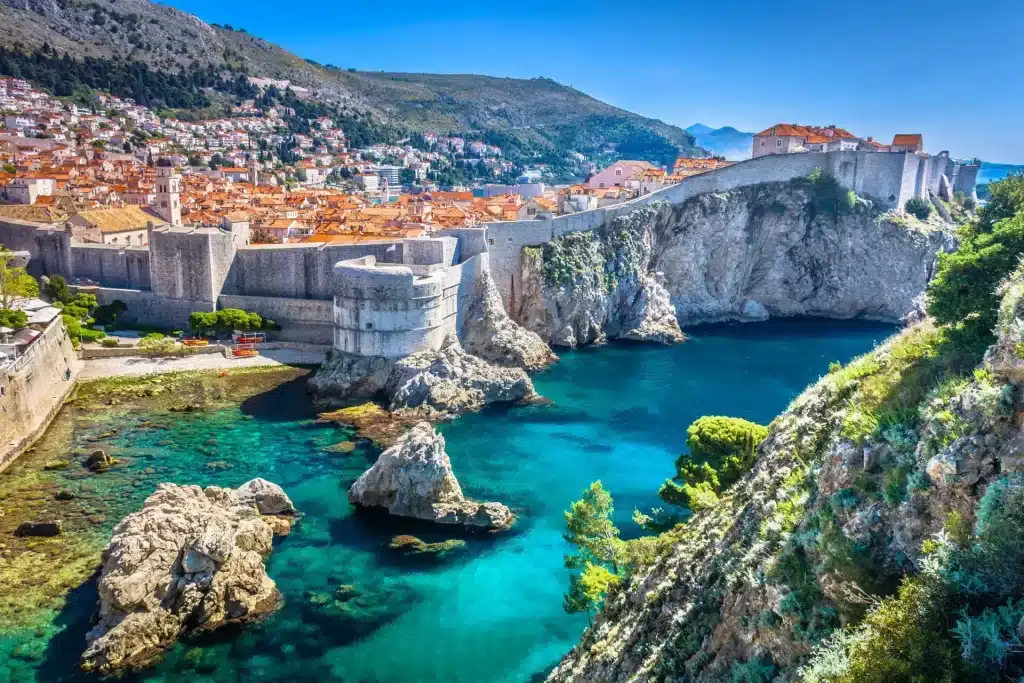
©wallsofdubrovnik.com
What to do and to see in Dubrovnik
Walk a complete circuit of the City Walls.
As you stroll along the ancient city walls of Dubrovnik, you’ll be treated to awe-inspiring panoramic views of the historic stone buildings and the glistening Adriatic Sea. These remarkable walls, initially constructed in the 13th century and fortified in the 15th century, are an absolute must-see. The grand entrances of Pile Gate and Ploče Gate beckon visitors, and near Pile Gate, you can ascend to the battlements for an unforgettable experience. It’s important to note that during the summer months, there’s a restriction on the number of visitors allowed, so it’s highly recommended that you secure your tickets in advance through online booking. For the best experience, plan your visit during the tranquil early morning hours (8 am to 10 am) or the enchanting late afternoon (after 4 pm) from April through September.
Local tip: After Croatia declared independence in 1991, Dubrovnik was affected by the war. Today, the town walls have been rebuilt, the streets are well-maintained, and famous monuments have been restored with the help of specially trained stonemasons worldwide. This rich history adds a unique layer to your visit.

©walkindubrovnik.com
Ascend on foot or ride a cable car to the summit of Mount Srđ for an awe-inspiring panoramic picnic with breathtaking views of Dubrovnik.
For a picturesque view of Dubrovnik, head to Mt Srđ behind the old town. Contact Piknik Dubrovnik in advance for a packed lunch. Hike the two-kilometer hillside path or take the cable car up. Enjoy stunning vistas from the 19th-century fortress and the Panorama Restaurant/Cafe on top of Mt. Srđ.
Take a Game of Thrones Walking Tour and discover an old town.
A Game of Thrones Walking Tour in Dubrovnik is a must-do for TV show fans. The tour takes you to filming locations of memorable scenes from the show, including the Red Keep at Lovrijenac Fortress and the Jesuit Stairs, where Cersei Lannister’s Walk of Shame was filmed. If you’re a show fan, exploring these filming locations in the medieval city is a must.
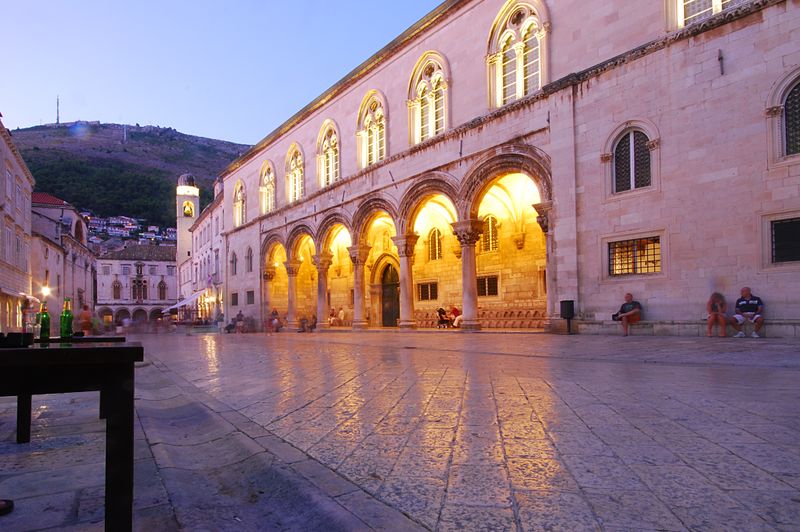
©dodubrovnik.com
Discover the opulent lifestyle of local aristocrats as you explore the grandeur of the Rector’s palace.
Dubrovnik, previously known as Ragusa until 1808, was a sophisticated, self-governing republic. The Rectors, chosen monthly to prevent the accumulation of power, resided in the upper floor of the 15th-century Gothic-Renaissance Rector’s Palace, which now houses the Cultural History Museum. Visitors can explore the former living quarters of local aristocrats and view Baroque furniture, oil paintings, costumes, weapons, and a sedan chair. Additionally, the museum features the former Great Council and Senate meeting rooms, a plaque reading “Obliti privatorum publica curate” (Forget private affairs and get on with public matters), a prison cell, and a chapel.
Local tip: “Game of Thrones enthusiasts, get ready to be whisked away to the grand atrium of Qarth!”
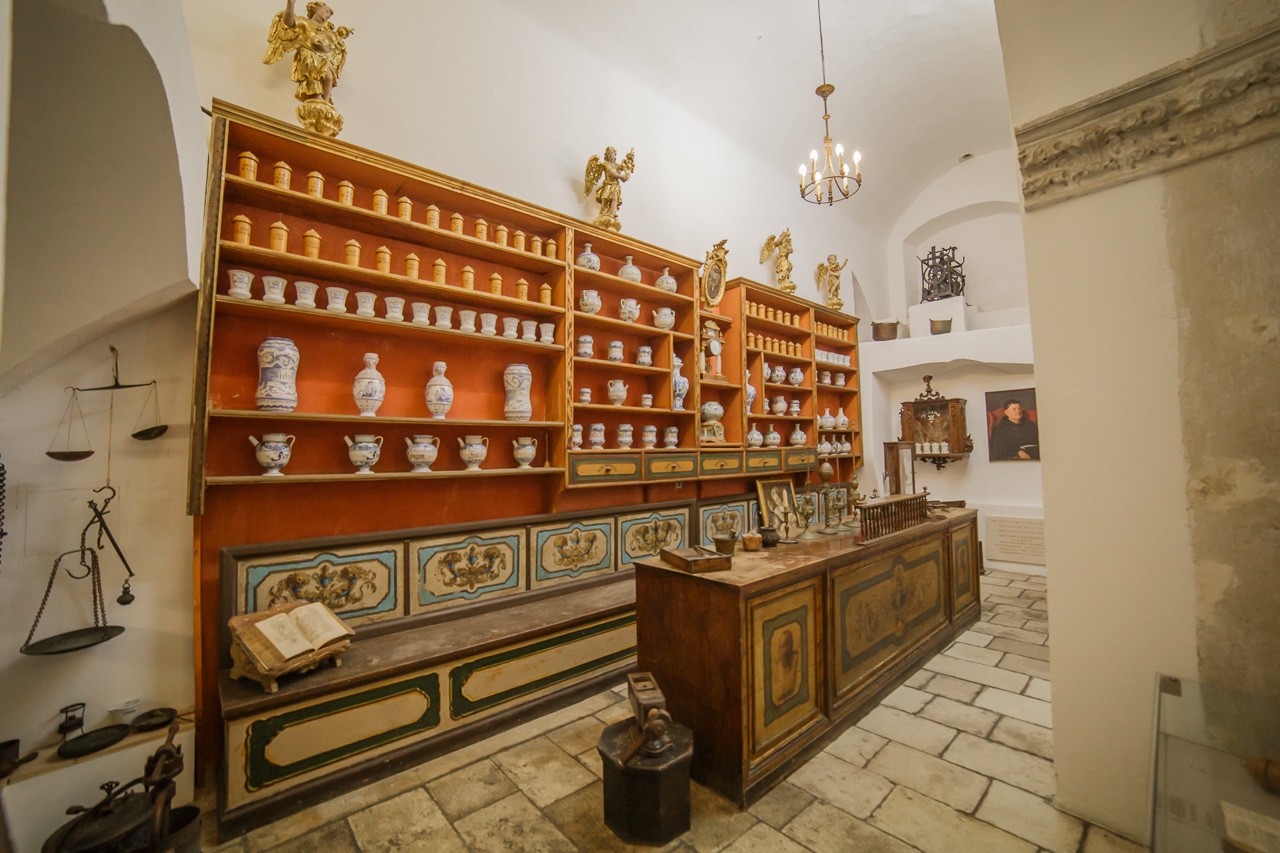
©guiadubrovnik.com
Buy natural cosmetics at one of Europe’s oldest pharmacies.
The Franciscan Monastery, located off the Stradun, features a 14th-century Romanesque cloister with a garden of palms and citrus trees. Founded in 1317, the monks established one of Europe’s oldest pharmacies. The museum showcases antique laboratory equipment and storage jars. Today, the Franciscan Pharmacy is located just inside the entrance gate of the monastery. It offers a unique selection of natural hydrating face creams based on centuries-old recipes known only to the monks. The monastery, located next to St. Saviour’s Church at the top of the main street in the Old Town, is home to the world’s oldest working pharmacy, the Friars Minor Pharmacy, serving both the monks and the public since the 13th century.
Discover Dubrovnik’s maritime history at the Maritime Museum and learn about its sea power.
Dubrovnik experienced its Golden Age in the 16th century when its exceptional wealth was based on shipping and trading. During this time, the small republic of Ragusa possessed one of the largest fleets in the world, consisting of approximately 180 ships and 4000 sailors. You can explore Dubrovnik’s naval power at the Maritime Museum. The exhibits include model ships, paintings, maps, navigational equipment, and sailors’ uniforms.

©GettyImages-909655800
Take a day trip
The city is not only famous on its own, but it also has spectacular surroundings. You can visit cultural sites as well as some natural wonders. And because it lies close to the border, you can also take a trip to neighboring countries like Bosnia and Hercegovina and Monte Negro. In Croatia, you can visit the Elapid islands, the island of Korcula, the island of Mljet, and the Pelješac peninsula with the old town of Ston. But if you wish, you can also visit Mostar (another old jewel in neighboring Bosnia) and Kravice waterfalls. Furthermore, you can also see Boka Kotarska fjord with Kotor, an equally impressive old town.

©oddviser.com
Enjoy the best Dubrovnik Beaches.
Although beaches in Croatia are rarely sandy, they are no less beautiful. Croatians love swimming and bathing and will jump in at any given opportunity. Be that a shingle beach, rocky platform, or kayaking to a hidden cave. Here of the best beaches in the Dubrovnik area: Banje Beach
One of Dubrovnik’s most famous beaches, Banje, combines shingle and sand with glorious views of the Old Town. The nearby promenade offers plenty of refreshments & nightlife. When discussing things to do in Dubrovnik, visiting Banje beach is necessary. Copacabana
Located on the Lapad Peninsular is Copacabana beach. The shingle beach gently shelves into the water, attracting families, locals, and beach lovers alike. Sunj Bay
Located on Lopud, Sunj Beach is one of Croatia’s sandy beaches. Almost 1km long, it is shallow and perfect for families.
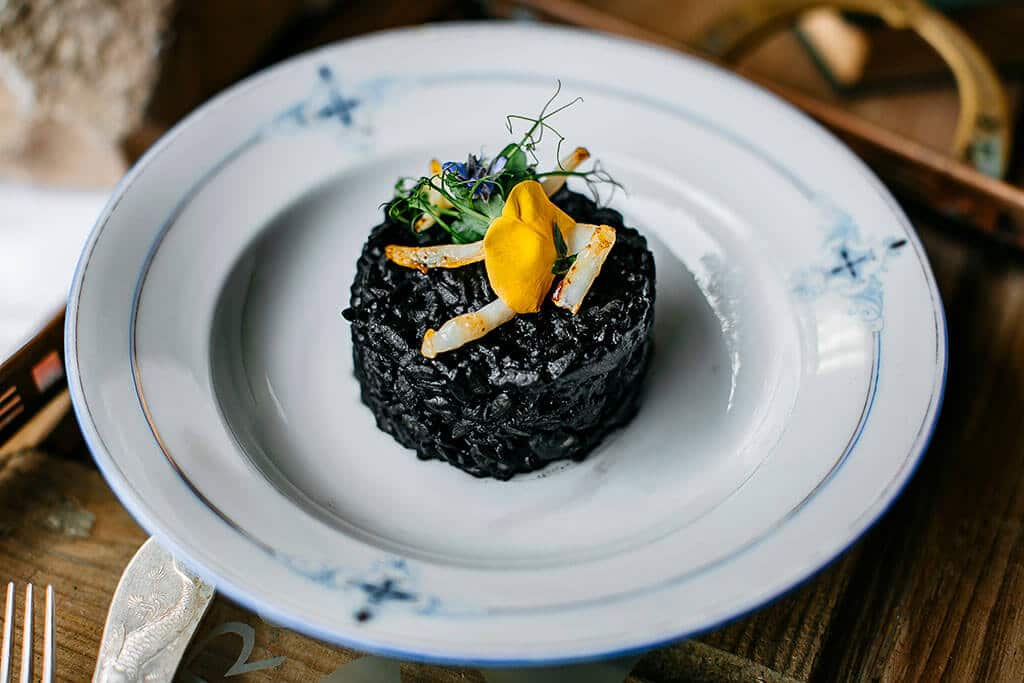
©lostindubrovnik.com
Try some local food
Dubrovnik is famous for its stunning architecture, ancient history, and delicious food, including seafood delicacies and black risotto. The city’s coastal location and trading history have led to a diverse culinary tradition. Seafood is a staple due to its proximity to the Adriatic Sea.
Black Risotto is a popular dish made with cuttlefish ink, enjoyed throughout the Adriatic. Buzzara is a seafood stew with shellfish, garlic, white wine, and parsley, served with crusty bread. Peka is a Croatian dish of meat, potatoes, and vegetables baked under an iron bell. Zelena Menestra is a hearty meat and cabbage soup-like dish. Šporki Makaruli is a Dubrovnik pasta dish with beef shank sauce. Octopus salad is a light summer lunch. Try Rozata, a Dubrovnik dessert similar to crème caramel, paired with traditional Prošek liquor.
“Dubrovnik’s traditional cuisine reflects its rich history and diverse influences. From seafood and peka meat dishes to handmade pasta and sweet desserts, there is something for everyone to enjoy. Next time you visit Dubrovnik, try some of these must-try traditional Dubrovnik foods and experience the city’s culinary delights.”
Local Tip: Avoid places where someone offers you a menu on the street. If locals roll their eyes when you enter a restaurant around 4 pm, it’s a local place. Furthermore, take advantage of affordable street food at Burger Tiger and Vege Dub, two of the locals’ favorite stops for fast and casual eats.
Dubrovnik etiquette and local costums
Firstly, show some respect and learn some words in a local language. Trust us; people will appreciate it, and your trip will be smoother when possible. A simple “Dobar dan” (Good day) with a handshake is appropriate for formal introductions. While Croatians are friendly, they may appreciate personal space, especially in less informal settings.
Being on time is appreciated, especially for formal events or dining invitations.
What about Table Manners? First, wait for the host to sit down before you start eating. Keep your hands on the table, but not your elbows. If invited to someone’s home, bringing a small gift, such as sweets or wine, is customary.
What about tipping? It is customary to leave a tip of around 10% if the service is good in a restaurant. A small change is also appreciated in cafes and bars.
Dress casually yet respectfully, and dress modestly when visiting religious sites. Swimwear is acceptable at beaches but should be covered when leaving.
Additionally, respect privacy. Always ask for permission before taking photos of people, especially in their homes or personal spaces.
If using public transport, be polite and give up your seat for older people or those in need. Use official taxis or ridesharing apps to ensure safety and fair pricing.
Avoid sensitive political topics, especially those related to past regional conflicts.
By following these etiquette tips, you’ll likely have a more pleasant and respectful experience while enjoying the beautiful city of Dubrovnik.
Dubrovnik Safety tips
This part of our Dubrovnik Guide we’ll dedicate to safety in general. Additionally, we’ll give you a few tips for more delicate groups of travelers, such as female solo travelers or gay travelers. So, here are some safety tips to keep in mind while visiting Dubrovnik:
General Safety
The first tip is to Stay Aware and mindful of your surroundings, especially in crowded tourist areas. Secure Your Belongings, Close your valuables, and consider using a crossbody bag or money belt to deter pickpockets.
Avoid Unlit Areas. Therefore, stick to well-lit streets at night and avoid deserted areas.
Always use reputable transport: Opt for official taxis or rideshare apps. Be cautious with unmarked taxis. But if you choose to use buses, be aware of your belongings and avoid sitting in empty areas late at night.
Choose Wisely and Stay in well-reviewed hotels or hostels in safe neighborhoods. We recommend always locking your doors and windows and using hotel safes for valuables.
Emergency Numbers: Know the local emergency numbers: 112 for general emergencies.
Additionally, you should ensure you have travel insurance covering medical emergencies.
When on a beach, pay attention to local swimming conditions and avoid swimming alone in isolated areas. Use sunscreen and stay hydrated to avoid heat-related issues.
Respect Local Customs and be aware of local customs and etiquette, especially in religious sites. Learning basic Croatian phrases can help in emergencies and show respect to locals.
Dubrovnik is generally considered a safe destination for female solo and LGBTQ travelers. Here are some specific points to keep in mind:
Female Solo Travelers
Dubrovnik’s low crime rate makes it relatively safe for solo female travelers. However, petty crime, like pickpocketing, can occur in crowded areas, so it’s wise to stay vigilant. While the city is safe at night, sticking to well-lit areas and avoiding isolated spots is advisable.
Lastly, Choose reputable hotels or hostels with positive reviews from solo female travelers.
LGBTQ Travelers
Croatia has made significant strides in LGBTQ rights, and Dubrovnik is generally welcoming. The local attitude towards LGBTQ individuals is mainly positive, especially in urban areas.
While Dubrovnik may have fewer LGBTQ-specific events than larger cities, there are friendly and inclusive bars and venues.
While public displays of affection are generally accepted, it’s good to be mindful of your surroundings, especially in more traditional areas.
More importantly, investigate and familiarize yourself with local laws and customs regarding LGBTQ rights and behaviors. Consider joining LGBTQ travel groups or forums to connect with others and get recommendations for safe spaces and events.
Overall, Dubrovnik offers a welcoming environment with a rich cultural experience, making it an excellent destination for all travelers.
The Dubrovnik Guide – FAQs
Is Dubrovnik worth visiting?
Dubrovnik is worth visiting, particularly for its Old Town, one of the most magnificent places on the fabulous Adriatic Coast. The UNESCO World Heritage-listed Old Town is home to well-preserved Gothic, Renaissance, and Baroque palaces, monasteries, churches, and fountains.
There are many exciting things to do in Dubrovnik. More importantly, the weather is perfect, and the food is incredible.
How many days do you need in Dubrovnik?
Most people spend 2-3 nights in Dubrovnik, which is enough time to explore the sights around DubrovDubrovnik’sown. However, if you plan to include day trips in your visit, add an extra day for each trip.
What itinerary would the Dubrovnik guide recommend?
Firstly, we advise you to visit the city during the shoulder season because it can be a nerve-wracking experience during the high season. If you have a week, visit Dubrovnik with Hvar and then Split at the end, or vice versa. But if you have more time, let’s say 10 to 14 days, we advise you to visit Dubrovnik with the islands of Korcula, Hvar, and Split. That way, you will have the time to visit some nearby attractions, which are equally impressive (like the famous Zlatni rat beach, Trogir town, Krka waterfalls, etc.).

©Dubrovnik Cable car
Is Dubrovnik expensive?
Dubrovnik is the most expensive place to visit in Croatia, especially during peak season (July-August). Croatia is costly in comparison with other popular summer destinations in Europe.
Top Tip—The Dubrovnik Card is a good deal to consider when visiting Dubrovnik, especially if you plan to use public buses, visit museums, and tour the Dubrovnik City Walls.
The conclusion of our Dubrovnik Travel Guide
Is it worth visiting? The short answer is definitely YES! However, there are so many other exciting places in Croatia. We recommend planning an itinerary if you are coming from across the ocean. There are some equally impressive towns there, like Split, the city of Hvar, Trogir, or even Zadar or Rovinj, a bit further to the north. So, you can see the choices are endless.
Take a look at
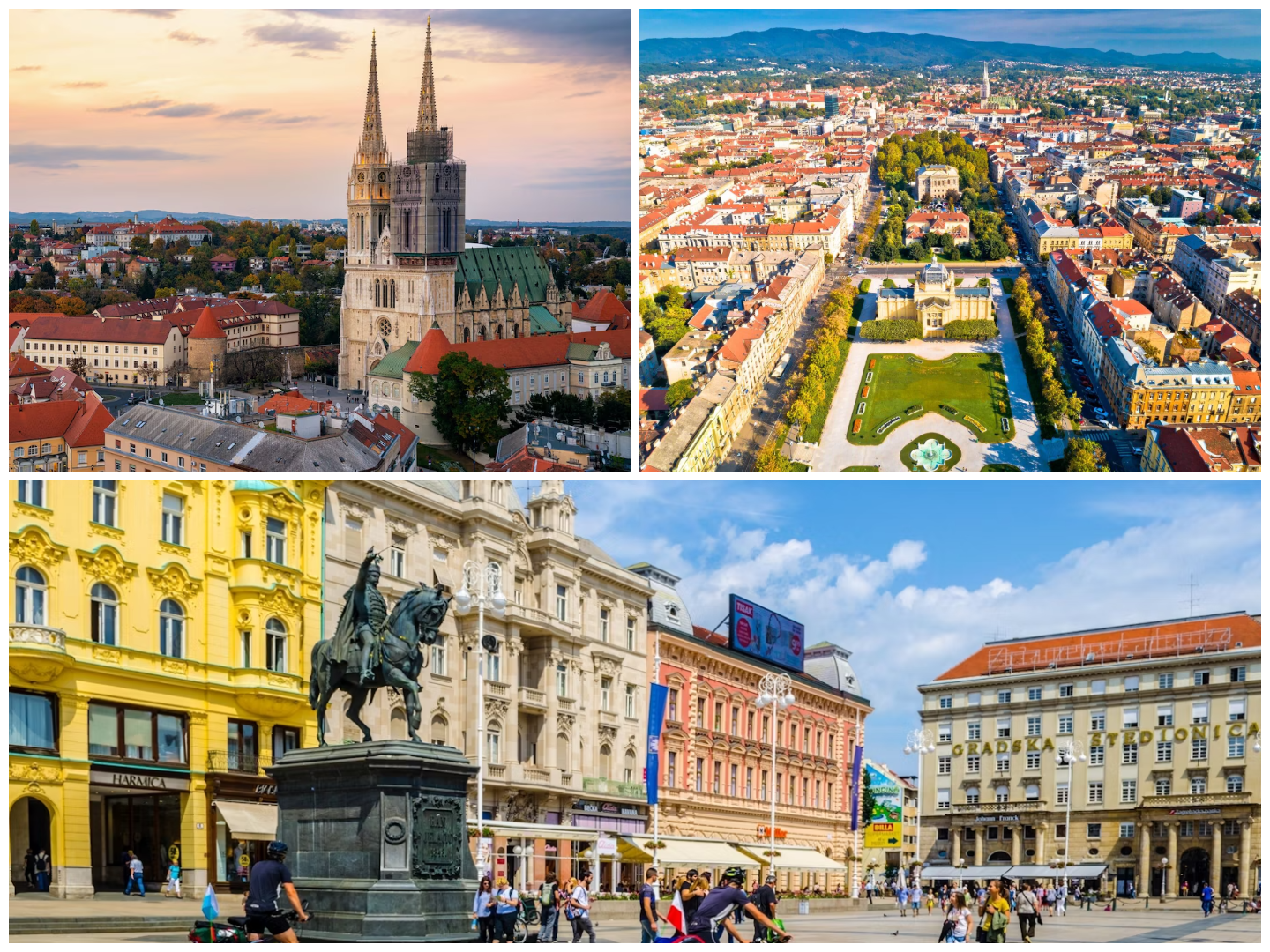
Zagreb Travel Guide
In this Zagreb Guide, we will show you why you should visit the city, when, and its most prominent attractions.

Short Motovun Guide
This Motovun guide will present some of the main attractions of this little town in Istria, Croatia. It will also

Primosten – The cutest little town
Primosten—the cutest little town on the Adriatic coast—is undoubtedly one of Croatia’s top hidden gems waiting to be discovered. Its
Photo credits:
Feature photo Credits: ©walkindubrovnik.com
